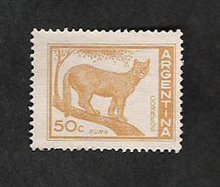I have 2 letters adressed to Mr. Walter Moritz, sent years apart but still in very good shape. From these I have been able to deduce the following information:
In ca. 1911, a Postal Card from Banco Proveedor del Río de la Plata (no longer in existence) located in Buenos Aires was sent to Mr. Water Mortiz, demanding an urgent payment for an IOU. From the adress on the Postal Card, it appears that Mr. Moritz was living (or working) on board the Argentine national steam ship Cabo Corrientes.

Among other things, between 1911 and the first half of 1912 this steam ship was used to transport buiding materials between Buenos Aires and
Pinamar, located on the southern coast of the Province of Buenos Aires.
On 18 September 1918 the Argentine national steam ship Cabo Corrientes, while arriving at the port of Montevideo, Uruguay crashed against the stone blocks of the northern jetty, from which it was later removed, however with
damages.
An envelope also adressed to Mr. Walter Moritz informs us that, more than a decade later, in 1924, he was living in
Villa Elisa (Buenos Aires), which is a locality in the department of La Plata, along Ferrocarril Sud (the southern railway).

Details:
---------------
Postal Card - Catalogue Vasen / Riese no. CP52 (1911).
Farmer. 5 centavos - dark carmine red.
Envelope - Catalogue Vasen / Riese no. S111 (1924-31).
San Martín sin punto. 5 centavos - carmine red.












